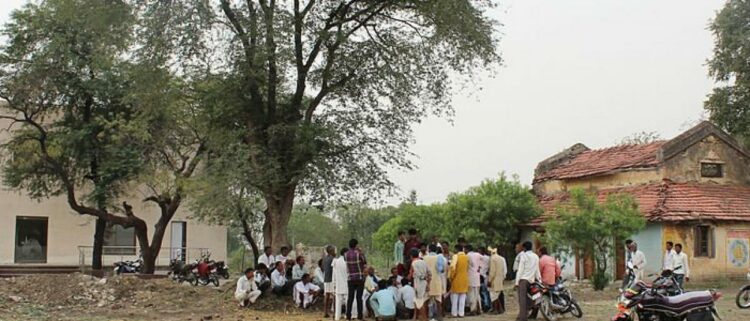National Panchayati Raj Day is observed in India on April 24 every year to mark the constitutional amendment that created the Panchayati Raj Institutions (PRIs) in India. The PRIs are India’s third tier of governance, after the central and state governments, and are responsible for local-level governance in rural areas. The day marks the establishment of the first Panchayati Raj system in India on April 24, 1993.
What are PRIs?
- Panchayati Raj Institution (PRI) is a system of rural local self-government in India.
- Local Self Government is the management of local affairs by such local bodies that have been elected by the local people.
- PRI was constitutionalized through the 73rd Constitutional Amendment Act, 1992 to build democracy at the grassroots level and was entrusted with the task of rural development in the country.
- In its present form and structure, PRI has completed 27 years of existence. However, a lot remains to be done in order to further decentralization and strengthen democracy at the grass root level.
History of Panchayati Raj in India
The Panchayati Raj system has a long history in India, dating back to ancient times. The word panchayat comes from the Sanskrit words ‘panch’ (meaning five) and ‘ayat’ (meaning assembly). In the Rigveda, there is a mention of Sabha, Samiti and Vidatha as local self-units. These were the democratic bodies at the local level. The king used to get the approval of these bodies regarding certain functions and decisions.
The system of panchayats was prevalent in India during the Mauryan period, around 300 BCE. During this period, the administration was decentralised, and local self-government was the norm. The system continued through the Gupta period, though there were certain changes in the nomenclature, as the district office was known as the vishya pati and the village headman was referred to as the grampati.
Under the British regime, village panchayats lost their autonomy and became weak. It is only in the year 1870 that India saw the dawn of representative local institutions. The famous Mayo’s resolution of 1870 gave impetus to the development of local institutions by enlarging their powers and responsibilities. The year 1870, introduced the concept of elected representatives, in urban municipalities.
In modern India, the Panchayati Raj system was first introduced in 1959 by the Jawaharlal Nehru-led government. However, it was not until 1993 that the system was given constitutional status through the 73rd Amendment to the Indian Constitution. The amendment mandated the establishment of a three-tier system of PRIs at the village, block, and district levels.
Why 73rd and 74th Amendments to the Constitution important?
These amendments added two new parts to the Constitution, namely, added Part IX titled “The Panchayats” (added by the 73rd Amendment) and Part IXA titled “The Municipalities” (added by the 74th Amendment). The basic units of the democratic system-Gram Sabhas (villages) and Ward Committees (Municipalities) comprising all the adult members registered as voters.
The three-tier system of panchayats at the village, intermediate block/taluk/mandal and district levels except in States with a population below 20 lakhs (Article 243B). Seats at all levels to be filled by direct elections.
National Panchayati Raj Day
National Panchayati Raj Day is significant as it highlights the importance of grassroots-level democracy and local self-government in India. The PRIs play a crucial role in rural development and are responsible for implementing government schemes and programmes at the local level. They are also instrumental in ensuring the participation of women and marginalised sections of society in the decision-making process.
The day is also an occasion to acknowledge the contributions of Panchayati Raj institutions in developing rural areas.
This year’s theme
This year’s National Panchayati Raj Day 2023 theme is ‘Sustainable Panchayat: Building Healthy, Water Sufficient, Clean & Green Villages.’ The theme focuses on promoting sustainable development in rural areas by ensuring the availability of clean water, good health practices, and creating a clean and green environment.
The National Panchayati Raj Award Celebration Week is also being organised to recognise the efforts of panchayats in achieving these goals and to encourage further progress towards sustainable development.
The National Conference on Healthy Panchayat, Water Sufficient Panchayat, and Clean and Green Panchayat will provide a platform for panchayat representatives and officials to share their experiences and discuss strategies for achieving sustainable development in rural areas.



















Comments